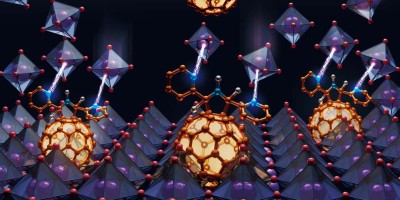By applying an extremely large magnetic field to break a semiconductor's energy bands into discrete levels, researchers have shown that it is possible for terahertz quantum cascade lasers to operate at unprecedented temperatures and wavelengths.

References
Tonouchi, M. Nature Photon. 1, 97–105 (2007).
Köhler, R et al. Nature 417, 156–159 (2002).
Williams, B. S., Kumar, S., Hu, Q. & Reno J. L. Opt. Express 13, 3331–3339 (2005).
Belkin, M. et al. Opt. Express 16, 3242–3248 (2008).
Wade, A. et al. Nature Photon. 3, 41–45 (2009).
Vitiello, M. S. et al. Appl. Phys. Lett. 86, 111115 (2005).
Landau, L. D. & Lifshitz, E. M. Quantum Mechanics: Non-Relativistic Theory (Pergamon, London, 1959).
Ando, T., Fowler, A. B. & Stern, F. Rev. Mod. Phys. 54, 437–672 (1982).
Smirnov, D. et al. Phys. Rev. B 66, 121305 (2002).
Author information
Authors and Affiliations
Rights and permissions
About this article
Cite this article
Sirtori, C. Breaking energy bands. Nature Photon 3, 13–15 (2009). https://doi.org/10.1038/nphoton.2008.262
Issue Date:
DOI: https://doi.org/10.1038/nphoton.2008.262
- Springer Nature Limited
This article is cited by
-
Wave engineering with THz quantum cascade lasers
Nature Photonics (2013)


